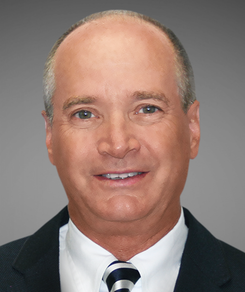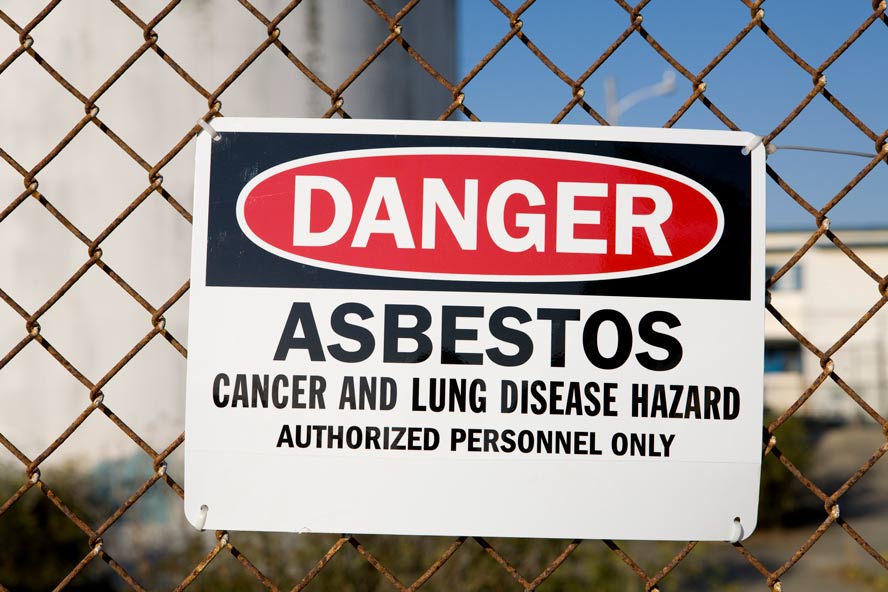Until 2013, the Pennsylvania Workers’ Compensation system prevented employees from filing suit against their employers except in cases of egregious misconduct. In this guest essay, John C. Bloomstine, President of Insurance Management Company, explains how a recent landmark case has opened the door to a rising flood of civil lawsuits against employers for which there may be limited or no insurance coverage.
 John C. Bloomstine, President of Insurance Management Company
John C. Bloomstine, President of Insurance Management Company Whenever occupational disease is the basis for compensation, for disability or death under this act, it shall apply only to disability or death resulting from such disease and occurring within three hundred weeks after the last date of employment in an occupation or industry to which he/she was exposed to the hazards of such disease. 77 P.S. §411(2). Further, "[t]he liability of an employer under this act shall be exclusive and in place of any and all other liability to such employees.” 77 P.S. 481.
In summary, Pennsylvania barred employees from filing suit against their employers for an occupational disease but allowed employees to file a workers’ compensation claim if diagnosed within 300 weeks of their last date of exposure. Due to the long latency period of most occupational diseases such as asbestos-related conditions, such workers’ compensation claims were almost always time-barred.
In 2013, the Pennsylvania Supreme Court effectively removed the exclusivity provision as it relates to latent manifestation of occupational diseases, such as mesothelioma. In Tooey v. AK Steel, 81 A.3d 851 (2013), the plaintiff was a salesman of asbestos products between 1964 and 1982 which exposed him to asbestos dust at work. The plaintiff developed mesothelioma in 2007 and died a year later. After various appeals, the Pennsylvania Supreme Court, relying on the humanitarian purposes of the Act, held that the exclusivity provision does not preclude an employee from filing a common law claim against an employer just because the occupational disease did not manifest itself within 300 weeks of the claimant's last date of occupational exposure. The Tooey Court found that since the plaintiff had no opportunity to seek redress under the Act and no remedy against his employer, he (or his estate) should retain its right to bring a civil claim against his employer for their alleged negligence in causing his disease.
The dissent in Tooey noted that allowing employees to seek common law recourse, “would expose employers to potentially unlimited liability for occupational diseases.” While this case applied to occupational disease resulting from exposure to asbestos, the ruling extends to a host of other potential occupational diseases arising from exposure to substances such as cutting oil mists, lubricants, dust, fumes and vapors, benzene, formaldehyde, ethylene oxide, silica, solvents, degreasers, paints, mold and metalliferous carcinogens such as arsenic, beryllium, chromium or cadmium. Essentially anything that falls within Section 108 of the Pennsylvania Occupational Disease Act which reads in pertinent part: “(n) all other occupational diseases (1) to which the claimant is exposed by reason of his employment, and (2) which are peculiar to the industry or occupation, and (3) which are not common to the general population.”
In 2015 after a three-week trial in the Philadelphia Court of Common Pleas, a jury rendered its first post-Tooey verdict against an employer in Busbey v. Yarway Corp., No. 120503046, Pa. Comm. Pls., Philadelphia Co. (2015). In Busbey, the plaintiff's decedent worked for ESAB Group Inc. as a laborer from 1962 until 2001, where he utilized a sweeping machine to clean the plant. The machine kicked up debris which allegedly exposed the decedent to asbestos dust. In 2012, the decedent died from mesothelioma which, in turn, caused his widow to file a wrongful death action against her husband’s employer. Busbey’s widow alleged that her husband’s employer failed to protect its employees from dangers associated with asbestos-containing products present at the plant. The employer argued that the manufacturer of the asbestos-containing products should be held strictly liable. Plaintiff countered with evidence that it was the employer's duty to maintain and repair the products. Ultimately, the jury found the employer 100% liable and awarded her a $1.7 million-dollar verdict.
Insurance & Legislative Response
After Tooey, employers inquired whether their general liability insurance policies would cover them for situations when an employee sues his employer for occupational diseases which manifest themselves outside the Act’s 300-week statute of repose. This is not an option because general liability insurance policies exclude bodily injury claims by employees (and their estates) against their employer. The rationale for this exclusion is that insurance for these types of claims is found under the employer’s workers’ compensation policy.
A workers’ compensation insurance policy has two parts, with Part A providing statutory benefits (medical costs and lost wages) and Part B, Employers’ Liability. Part B - Employers Liability - is intended to cover the defense and indemnity for civil suits that fall outside of the statutory provisions of The Act, which until the Tooey decision were very rare, perhaps applicable only when intentional injury occurred to an employee. Because of this very low risk, and the strength of the exclusive remedy and employer immunity provisions within The Act, employers generally purchased the following Employers’ Liability insurance limits: $100,000 bodily injury by each accident; $100,000 bodily injury by disease each employee; $500,000 bodily injury by disease policy limit. With the Tooey decision, the risk of employers being sued for liability claims outside of the exclusive remedy of The Act is significantly higher, particularly where the workplace contains risks of occupational disease. These typical insurance limits in Part B coverage are likely to be inadequate. Further, some types of workers’ compensation policies involve a form of cost sharing between the employer and their insurer (e.g. loss sensitive plans such as a deductible or retrospectively rated plan). Under such loss sensitive policies, the full cost of civil claims could be borne by the employer, depending on the specifics of the particular plan.
Consequently, employers should check their umbrella and excess insurance policies which are designed to provide additional insurance limits for Employers Liability claims. The challenge here is that umbrella and excess policies often contain exclusions that bar coverage for asbestos and other contaminant-related claims, like mold or silica. In other words, these exclusions could bar the umbrella/excess insurance contracts from responding to Tooey type claims.
Because Pennsylvania employers face a substantial surge in civil suits, the best solution may be a legislative fix. In 2018, Pennsylvania State Representative Eli Evankovich introduced a bill to eliminate the ability of employees to sue their employers for occupational diseases. This legislation places all Tooey type claims back into the workers’ compensation arena. The proposed bill does so by allowing workers’ compensation claims to be filed within 300 weeks of diagnosis of the condition, not the date of exposure. Under the bill, the claimant bears the burden of proving that the occupational disease has a latency period of more than 300 weeks. Pennsylvania employers should monitor further activity in the legislature and employers nationally should monitor developments in other states to see if courts follow or reject Tooey.


 RSS Feed
RSS Feed